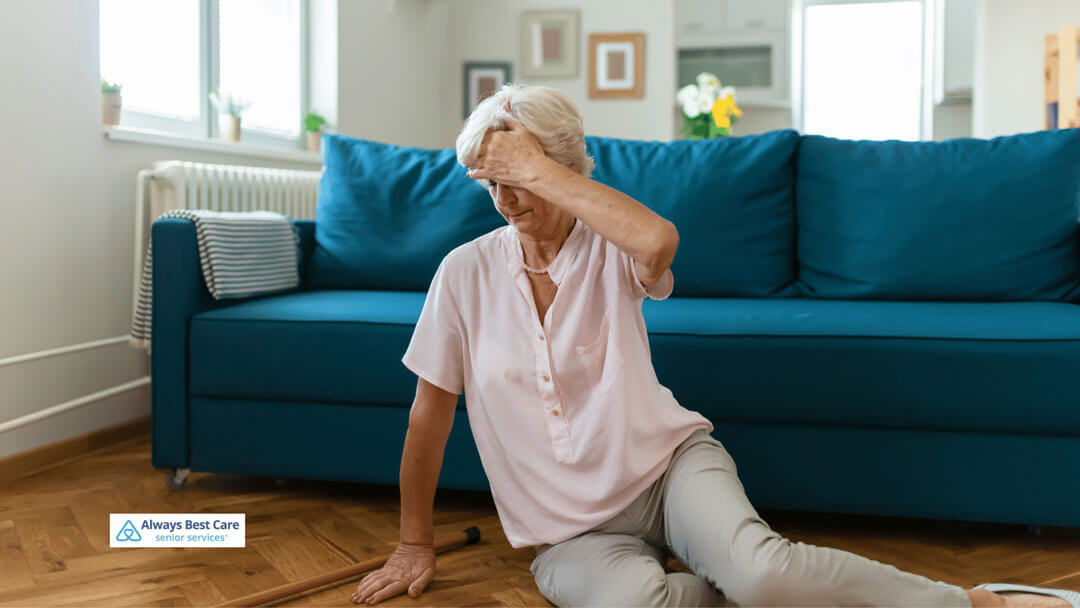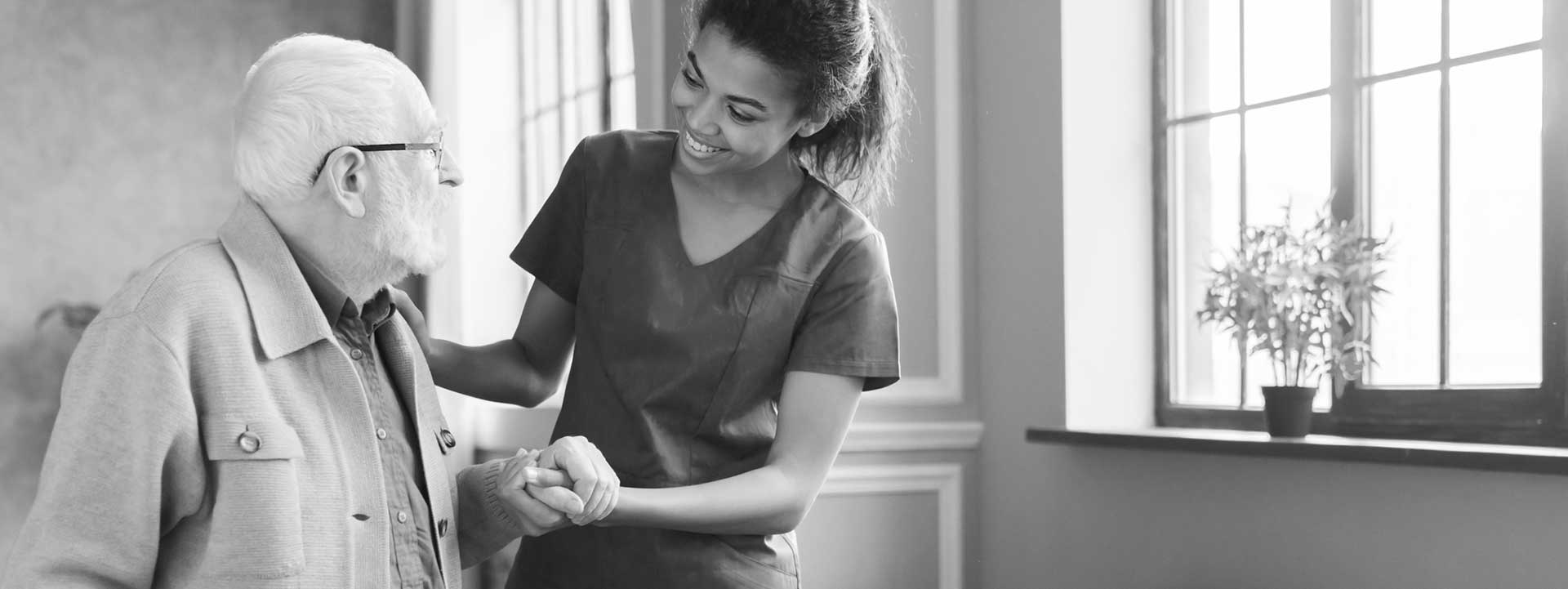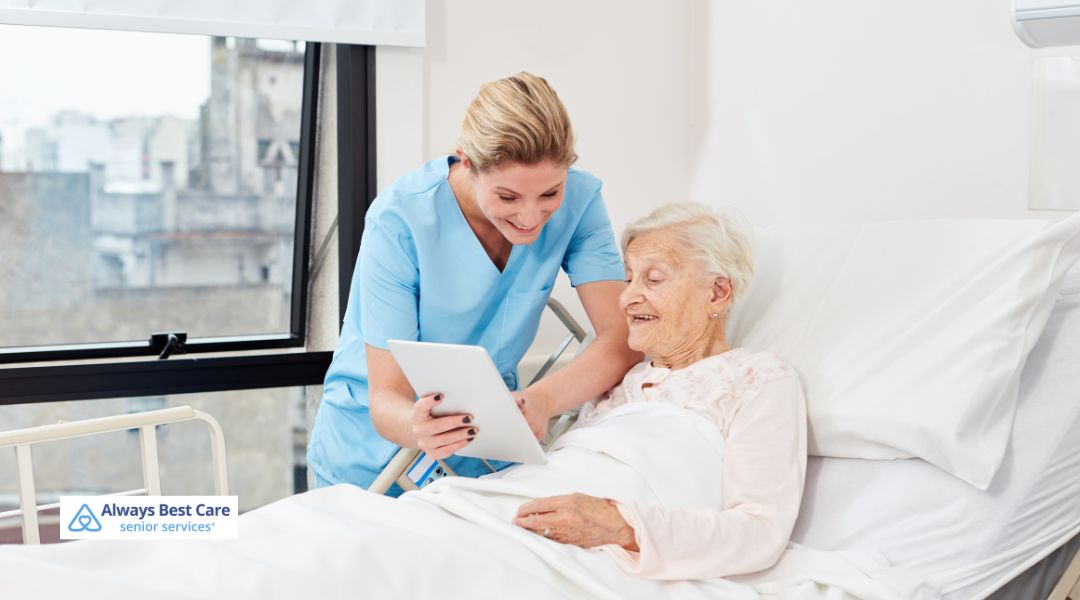9 Commonly Overlooked Fall Risks for Seniors

As seniors age, maintaining safety at home becomes increasingly critical.
While most people know obvious fall hazards like stairs and slippery floors, several lesser-known risks can lead to severe accidents.
Identifying and addressing these unexpected dangers is key to ensuring a safer home environment for seniors.
Table of Contents
What are Fall Hazards?
Fall hazards are any factors that increase the risk of tripping, slipping, or losing balance, leading to a fall.
While some hazards are easy to spot, others are more subtle and often go unnoticed. Even small hazards can be dangerous for seniors, potentially leading to injuries that affect mobility and independence.
1. The Hidden Danger of Poor Lighting
Dim or inconsistent lighting is one of the most overlooked hazards in a senior’s home. Low visibility can make it difficult to see potential obstacles, leading to trips and falls, especially in areas like hallways, bathrooms, or staircases.
Installing bright, well-placed lights and using nightlights can significantly reduce this risk.
2. Loose Rugs and Mats: More Than a Slip Hazard
Rugs and mats may seem harmless but can easily shift or bunch up underfoot, creating a tripping hazard. This can lead to severe falls for seniors, who may not have the balance or agility to recover quickly from a misstep.
It’s a good idea to secure rugs with non-slip pads or remove them from high-traffic areas altogether.
3. Furniture Placement: A Fall Risk You Might Overlook
Furniture arranged too closely together or placed in awkward spots can become an unexpected obstacle for seniors. Navigating tight spaces can be challenging, especially for those who rely on walkers or canes.
Ensuring a clear and open layout throughout the home can help prevent unnecessary trips and falls.
4. Bathroom Slip Risks: Beyond Just the Shower
Many people think of the shower as the primary slip hazard in the bathroom, but wet floors, slippery tiles, and poorly secured grab bars can all lead to falls.
Investing in non-slip mats, shower chairs, and secure handrails can provide extra safety for seniors in this high-risk area of the home.
5. Footwear Choices: Slippers and Shoes That Cause Falls
Worn-out or ill-fitting footwear is a common but often unnoticed risk for seniors. Slippers without proper grip or shoes that don’t fit securely can cause trips or slips.
Ensuring seniors wear supportive, non-slip footwear can significantly reduce the risk of falls inside and outside the home.
6. Medication Side Effects: A Silent Fall Culprit
Many seniors take multiple medications, and some of these can cause dizziness, drowsiness, or balance issues. These side effects can make falls more likely, especially when moving from sitting to standing.
It’s important to regularly review medications with a healthcare provider to understand potential risks and make adjustments as needed.
7. Pets in the Home: A Furry Trip Hazard
Pets bring comfort and companionship but can also pose a trip hazard for seniors. Dogs and cats can get underfoot or move unexpectedly, causing seniors to stumble.
Training pets to avoid crowded spaces or using gates to restrict their movement in areas like stairways can help reduce this risk.
8. Cluttered Walkways: A Simple but Overlooked Risk
Clutter is one of the most manageable hazards to control but often gets ignored. Boxes, shoes, cords, and other household items left in walkways can lead to falls.
Keeping paths clear, especially in frequently used areas like hallways and living rooms, is essential for creating a safer environment.
9. Inadequate Use of Assistive Devices
Assistive devices like walkers and canes are designed to prevent falls, but if they aren’t used properly, they can increase the risk. Seniors may forget to use them consistently or may not have the correct type of device for their needs.
Ensuring the suitable device is available and used correctly is crucial for maintaining stability and preventing falls.
Benefits of a Safe Environment for Seniors
A secure, fall-free environment isn’t just about preventing accidents; it contributes to a senior’s overall well-being. When seniors feel safe, their confidence in moving around their homes increases, fostering greater independence.
They can enjoy daily activities without the constant worry of falling, reducing stress and improving their quality of life. Beyond physical safety, a hazard-free home provides peace of mind for seniors and their families, knowing their loved ones can move about freely and safely.
How Always Best Care of Shalimar Ensures Senior Safety
Always Best Care of Shalimar specializes in helping seniors stay safe and independent in their homes. Their in-home care professionals conduct thorough safety assessments to identify any potential fall hazards, making recommendations on how to improve home safety.
Whether it’s rearranging furniture, installing grab bars, or advising on the proper use of assistive devices, their team ensures that seniors live in an environment that promotes safety and independence. With personalized care plans and regular check-ins, Always Best Care of Shalimar goes beyond the basics to help seniors maintain their quality of life!
Protect Your Loved Ones with Expert In-Home Safety Solutions!
Create a safer living environment for your senior family members by partnering with Always Best Care of Shalimar. Our dedicated team offers personalized home safety assessments and expert care plans to reduce fall risks and enhance independence. Contact Always Best Care of Shalimar at (850) 662-6530 to learn more and schedule your free consultation.





